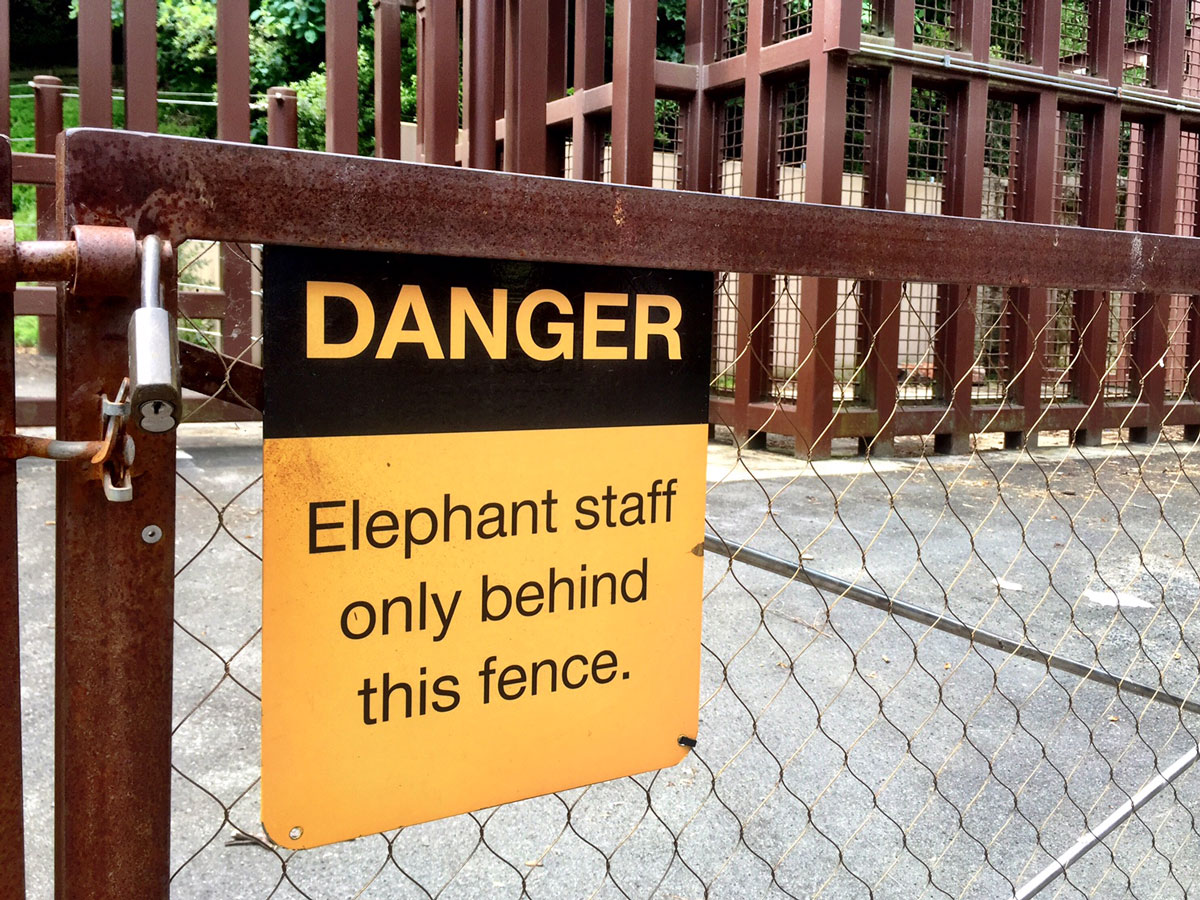
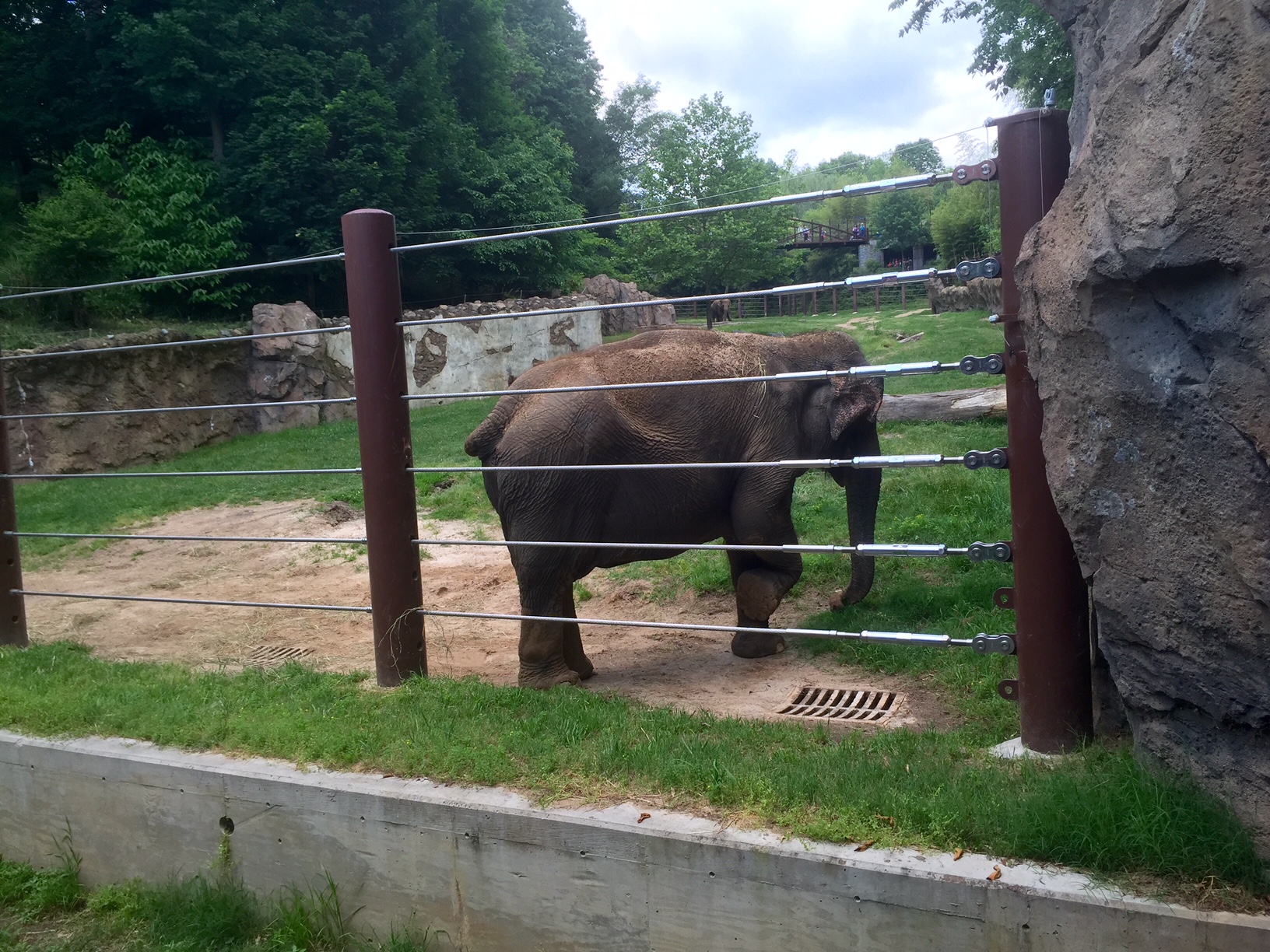
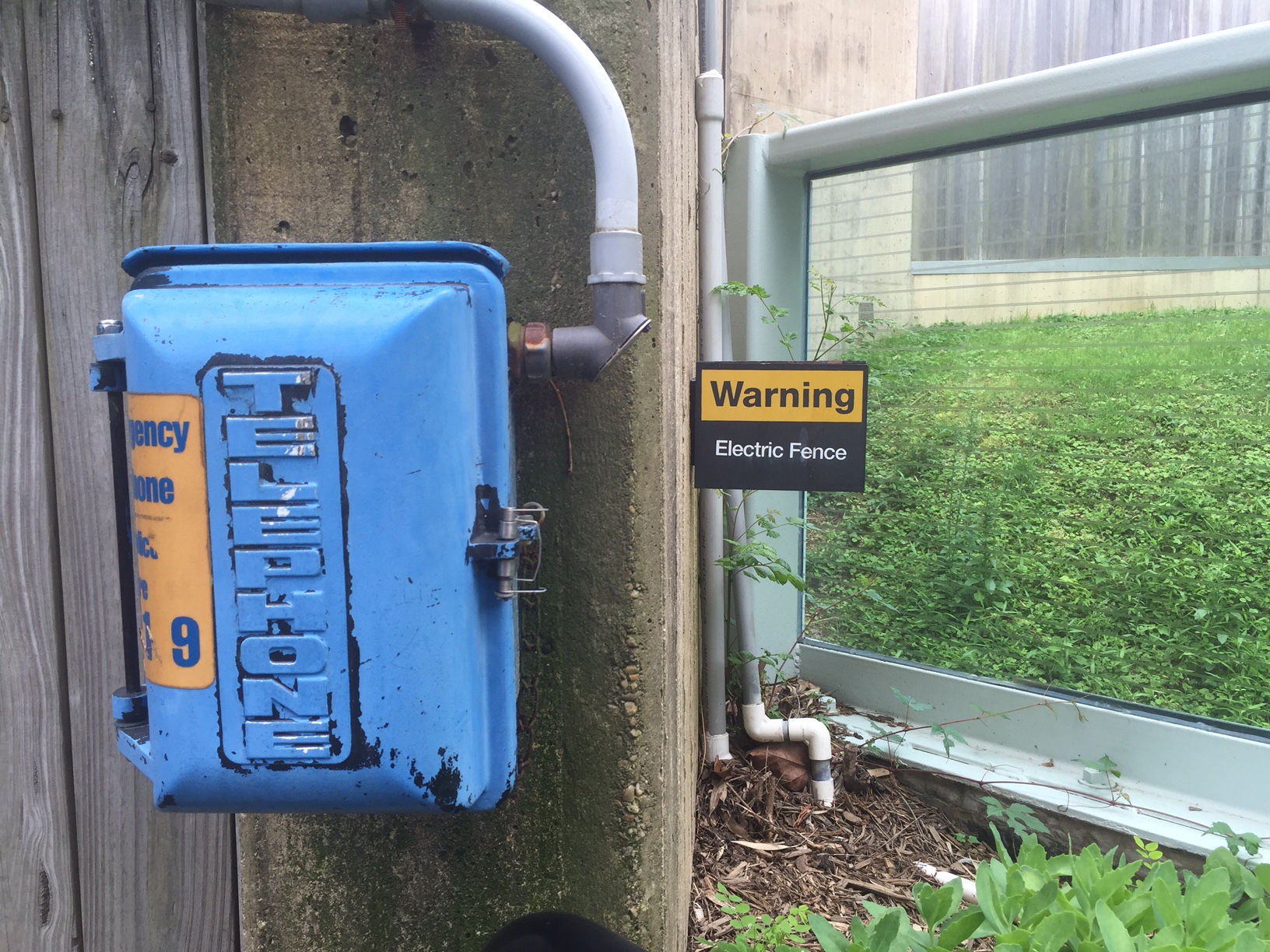

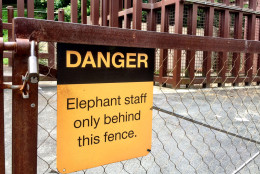
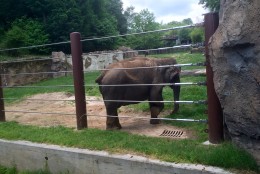


WASHINGTON — Smithsonian National Zoo staff regularly trains to respond to the rare instances when animal inhabitants or human visitors stray past enclosures or safety barriers and to follow zoo protocols that include the use of lethal force as a last resort.
On Saturday, Cincinnati Zoo staff shot and killed a 17-year-old silverback gorilla after a 4-year-old boy slipped into its enclosure. The boy is fine, according to his family.
Although the shooting of the gorilla, named Harambe, angered some who criticized the decision to kill the animal rather than attempting to tranquilize it, the director of the Cincinnati Zoo said if the situation presented itself again, he would take the same actions.
Pamela Baker-Masson, associate director of communications for the National Zoo, said without firsthand knowledge, she could not comment about the Cincinnati incident beyond calling it “an absolute tragedy.”
Both the Cincinnati Zoo and the National Zoo are accredited by the Association of Zoos and Aquariums.
“All members are required to conduct four safety drills per year, as well as have an emergency response plan in place for dangerous animals,” AZA spokesman Rob Vernon said.
“Obviously, AZA cannot be on the ground at all of our members, so they make the difficult judgment calls on the ground.”
Baker-Masson said the zoo trains for different scenarios, including when animals escape into nonpublic passageways the animals traverse. In addition, zoos train for when wild animals completely leave their enclosures and wind up in public spaces.
“We have protocols for everything from birds, to small mammals, to our largest animals,” said Baker-Masson.
In addition to devising plans, the zoo also conducts animal escape drills.
“We drill in off-hours and peak hours,” said Baker-Masson, because the animals could potentially escape at any time.
Baker-Masson said the zoo is ready for the rare instances when an animal leaves its enclosure or a human breaches safety fences separating visitors from animals.
Escape response teams are made up of veterinarians, security staff and keepers who work closely with the affected animals, she said.
When animals are out of their enclosure, or when something unexpected — including if a human enters an animal’s home, the creature can experience a wide variety of responses from fear to agitation.
While National Zoo response teams train to use tranquilizing darts, sedation is generally most effective in cases where the animal is already in a contained environment, and under a veterinarian’s care.
In cases where a human life is in jeopardy or imminent danger, the National Zoo’s response teams are trained to kill the wild animal.
Preserving an animal’s safe and healthy habitat, as well as the safety of visitors is the zoo’s ultimate goal, said Vernon with the zoo association.
Vernon said National Zoo Director Dennis Kelly “has been a strong advocate for continued improvement of AZA’s safety standards as part of AZA’s accreditation process, and is one thing, I believe, he will focus on when he is AZA’s Board chair starting in October.”
See the raw video of the boy in the water with the gorilla below:





